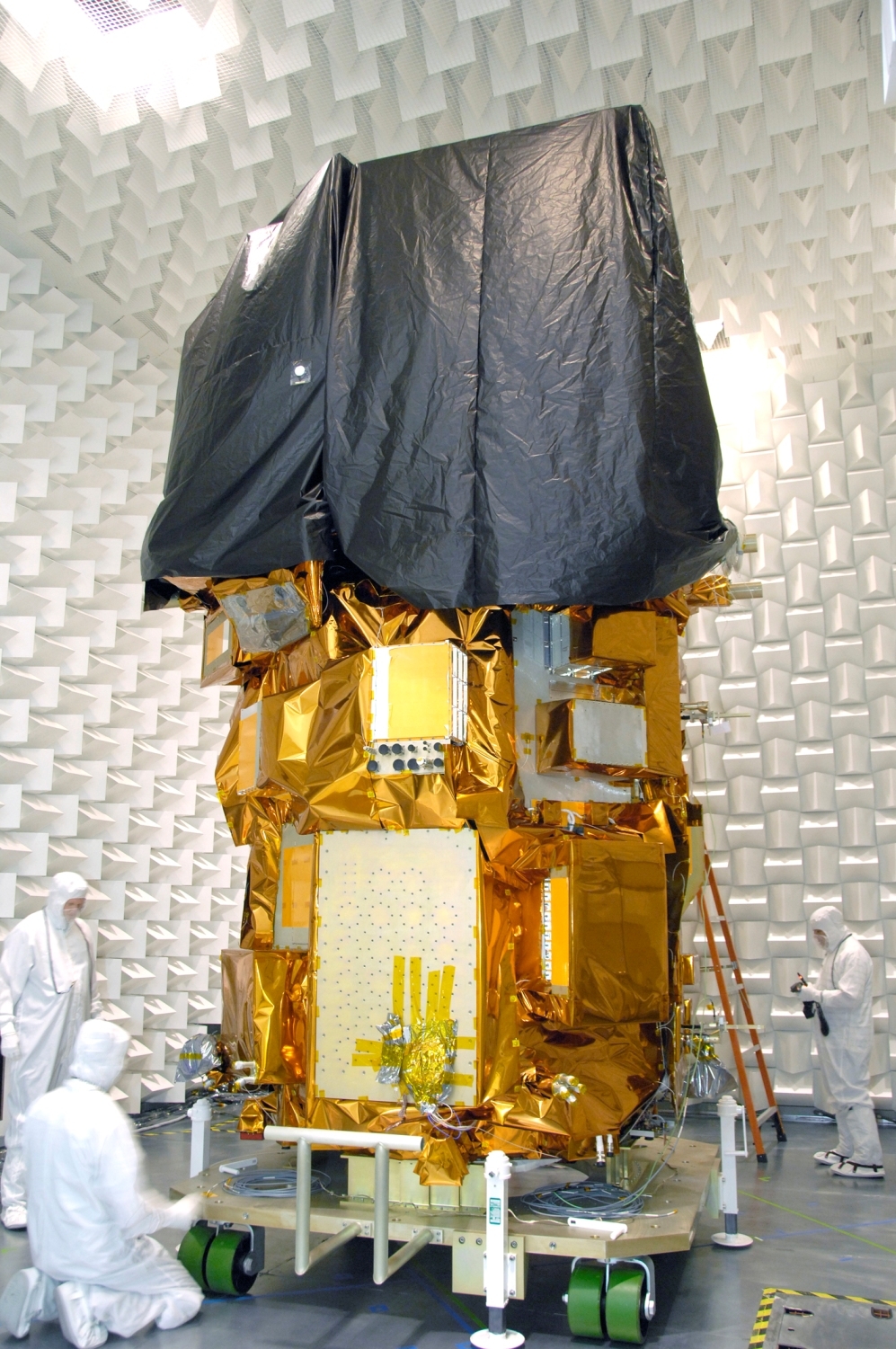Suggestion for New Satellite
Suggested by filippoplewski on: 2025-07-13 20:21
Citation: FilipPoplewski
Verdict: Approved
Reviewed by - on: 2025-07-28 23:01
| Name | LANDSAT 8 |
| NORAD ID | 39084 |
| Followed NORAD ID | - |
| Alternative Names | Landsat Data Continuity Mission |
| Description | The Landsat 8 satellite payload consists of two science instruments—the Operational Land Imager (OLI) and the Thermal Infrared Sensor (TIRS). These two sensors provide seasonal coverage of the global landmass at a spatial resolution of 30 meters (visible, NIR, SWIR); 100 meters (thermal); and 15 meters (panchromatic). Landsat 8 was developed as a collaboration between NASA and the U.S. Geological Survey (USGS). NASA led the design, construction, launch, and on-orbit calibration phases, during which time the satellite was called the Landsat Data Continuity Mission (LDCM). On May 30, 2013, USGS took over routine operations and the satellite became Landsat 8. USGS leads post-launch calibration activities, satellite operations, data product generation, and data archiving at the Earth Resources Observation and Science (EROS) center. Landsat 8 instruments represent an evolutionary advance in technology. OLI improves on past Landsat sensors using a technical approach demonstrated by a sensor flown on NASA’s experimental EO-1 satellite. OLI is a push-broom sensor with a four-mirror telescope and 12-bit quantization. OLI collects data for visible, near infrared, and short wave infrared spectral bands as well as a panchromatic band. It has a five-year design life. The graphic below compares the OLI spectral bands to Landsat 7′s ETM+ bands. OLI provides two new spectral bands, one tailored especially for detecting cirrus clouds and the other for coastal zone observations. |
| Owner/Operator | - |
| Status |
|
| Countries of Origin | |
| Website | https://landsat.gsfc.nasa.gov/satellites/landsat-8/ |
| Dashboard URL | - |
| Launch Date | Feb. 11, 2013, midnight |
| Deploy Date | Feb. 11, 2013, midnight |
| Image |  |